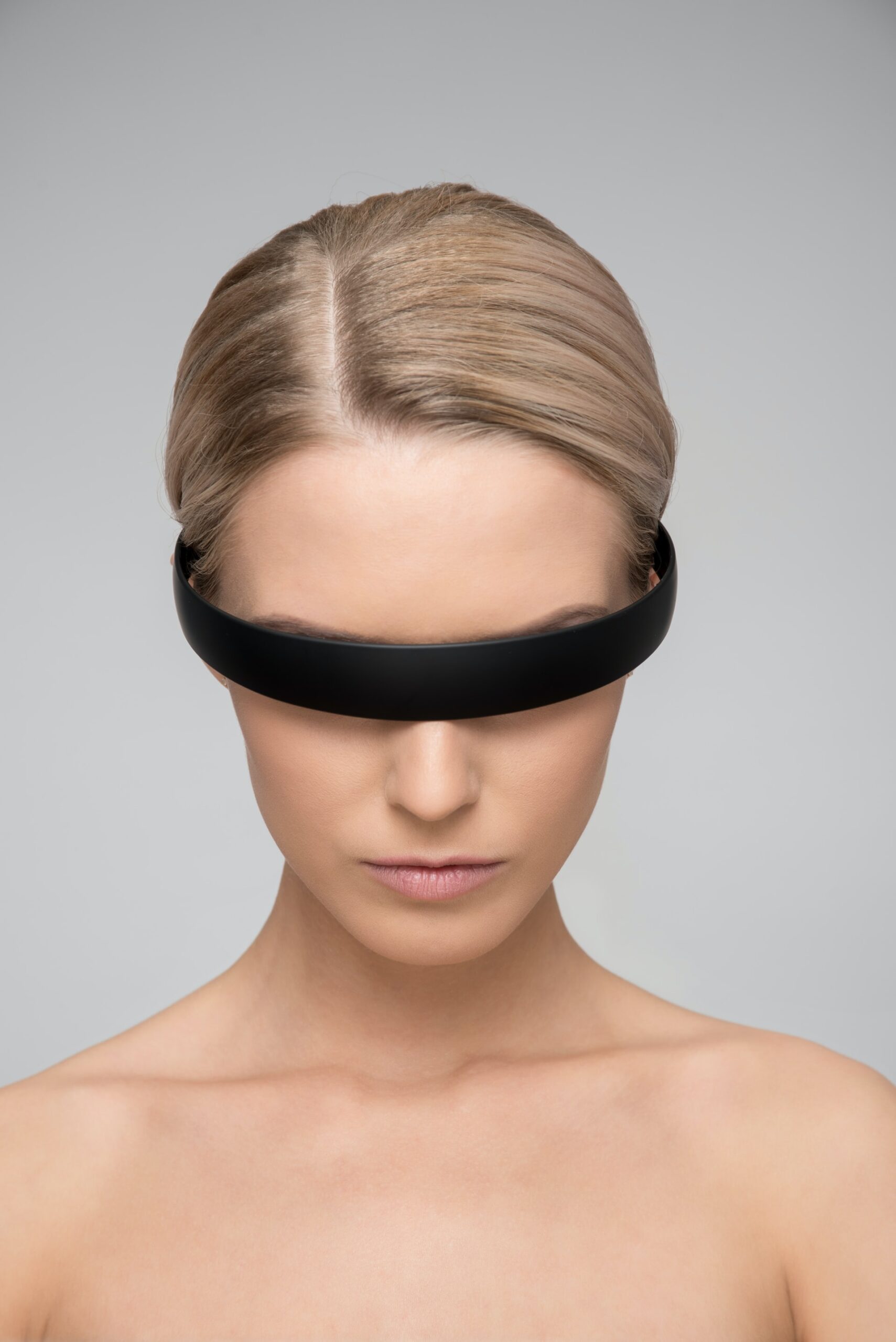The fashion industry is fast-paced, and it keeps evolving, and this doesn’t surprise us. The people within the industry, from designers to buyers, need to make sure they look forward to getting acquainted with the new trends. The search and buying patterns have changed drastically in recent years. From the list of technologies such as AI, IoT, 3D printing, Blockchain, AR/VR, AI has been the common one to create a buzz in all the sectors.
One of the most notable ways fashion and technology have synced is to turn a varied data set into interacting and enriching information. Some huge fashion brands such as H&M and Tommy Hilfiger are now investing in such innovation to suggest styles to their shoppers.
IMAGE: UNSPLASH
Benefits Of AI In Fashion
AI has evolved how business is done, undoubtedly. From using predictive analysis to computer vision in recognizing product features, there are several ways AI has been useful in the fashion field.
1. Customization
Like Amazon, Youtube, or Netflix can recommend similar shows or items, AI in the fashion industry can do the same. The boom of e-commerce has made consumer data tracking more accessible than ever before. Several fashion websites can record browsing patterns of their clients and recommend similar products based on color, design, and style.
2. Better Customer Services & Interaction
Calls & Emails, still present in many organizations but are gradually becoming redundant. In the past few years, the chatbot tech has vastly boosted conversions and interactions between customer and fashion brands.
3. Improved Buying And Planning
Many fashion buyers and planners find it difficult to buy the same material for designers. Requesting too much of one thing might be bad for the business, mainly if that item does not sell as well as they expected. Still, with advanced predictive analysis, shoppers can learn from buyer behavior and, thus, plan with accuracy.
4. Automating Operations
One of the best parts of AI is its ability to automate mundane tasks. A significant company’s working time is used for calculations, data entry, and other efforts that can be easily done by AI alone. This is a considerable asset for Fashion brands to evaluate margins with precision, and businesses using AI need fewer employees.
5. Managing Stock
A significant problem that retailers face is ordering and losing profits due to unsold products. Nowadays, companies like Chain of Demand leverage machine learning algorithms to make more precise forecasts and choices. While the demand prediction strategies have been around for years, conventional methods only use historical sales data.
The significant calculative work needed to be done by humans and with restrictions when the data sets are more than 10,000. Machine learning can reduce forecast errors up to 50% and are not limited to how many data points and sources are used, making more accurate forecasts.
6. Better product discovery
Computer vision helps shoppers upload a picture of a product they want and get prompt feedback if they exist in particular stores. Some solutions can help scan the image to suggest where they can purchase the said item and what retailer. Google Lens is one notable instance that lets mobile users snap a picture of a product, then seek and buy similar styles right from their smart devices.
Big Fashion Retailers Using AI
Although AI has been around for years, the tech implemented in the fashion world is in its early days. The below companies are a few examples leading the way.
Alibaba
In 2018, Alibaba Group introduced the concept of new retail. It was the idea that would transform the way we shop entirely, with the concept of e-commerce and data boom altering the buyer behavior. This year, they began with their first FashionAI store to ease the customer shopping experiences.
The critical features for the store include smart mirrors, smart garment tags, and omnichannel integration. Every item in the store has unique RFID tags & Bluetooth chips that carry specialized information inside them for starters.
This can give vast information on what products are being sold the most and other buyers’ insights. Moreover, the garments also contain gyro-sensors, which help ascertain how a product is being touched or moved.
Smart mirrors are placed on every sales and fitting room floor. They will not only have touch screens that repeat information if a person is inside. These mirrors also recommend other items that may go well with their item that lets customers completely customize and try multiple items from the mirror only without carrying every piece of clothing they want.
H&M
H&M thrives on investing in the big data boom despite being impacted by the retail apocalypse. They are doing so through the evaluation of receipts and loyalty card data. This data helps them tailor the merchandise for every specific store by evaluating the returns, receipts, and loyalty card data to customize the merchandise for every store. The retailer has also begun offering personalized suggestions for online shoppers, with plans to introduce similar tech into its brick-and-mortar stores with the application of RFID.
Tommy Hilfiger
IBM has collaborated with Tommy Hilfiger & the FIT (Fashion Institute of Technology) for a project, Reimagine Retail. This is one way to provide retailers with skills for AI design. FIT’s students were given access to IBM’s AI research, like computer vision and natural language processing, and used the data to create better-customized outfits.
They discovered the use of AI-enabled design teams to minimize lead times and increase their creativity. The ability to evaluate and learn from tons of photos and videos quickly using AI’s power provided designers deep insights into designing the right product for the right person.
Conclusion
Without any doubt, AI is transforming the fashion industry beyond our imagination. The use of AI and big data has enabled fashion retailers to use solutions to forecast the best and worst sellers with improved accuracy. This opens the opportunity for growth in profits and leads the way to greater sustainability by mitigating inventory waste.
Author Bio: Harnil Oza is CEO of Hyperlink InfoSystem, an app development company in New York and India, having a team of the best app developers who deliver the best mobile solutions mainly on Android and iOS platforms. He regularly contributes his knowledge on leading blogging sites like top app development companies.
If you are interested in more technology-related articles and information from us here at Makeup By Kili, then we have a lot more to choose from.



COMMENTS